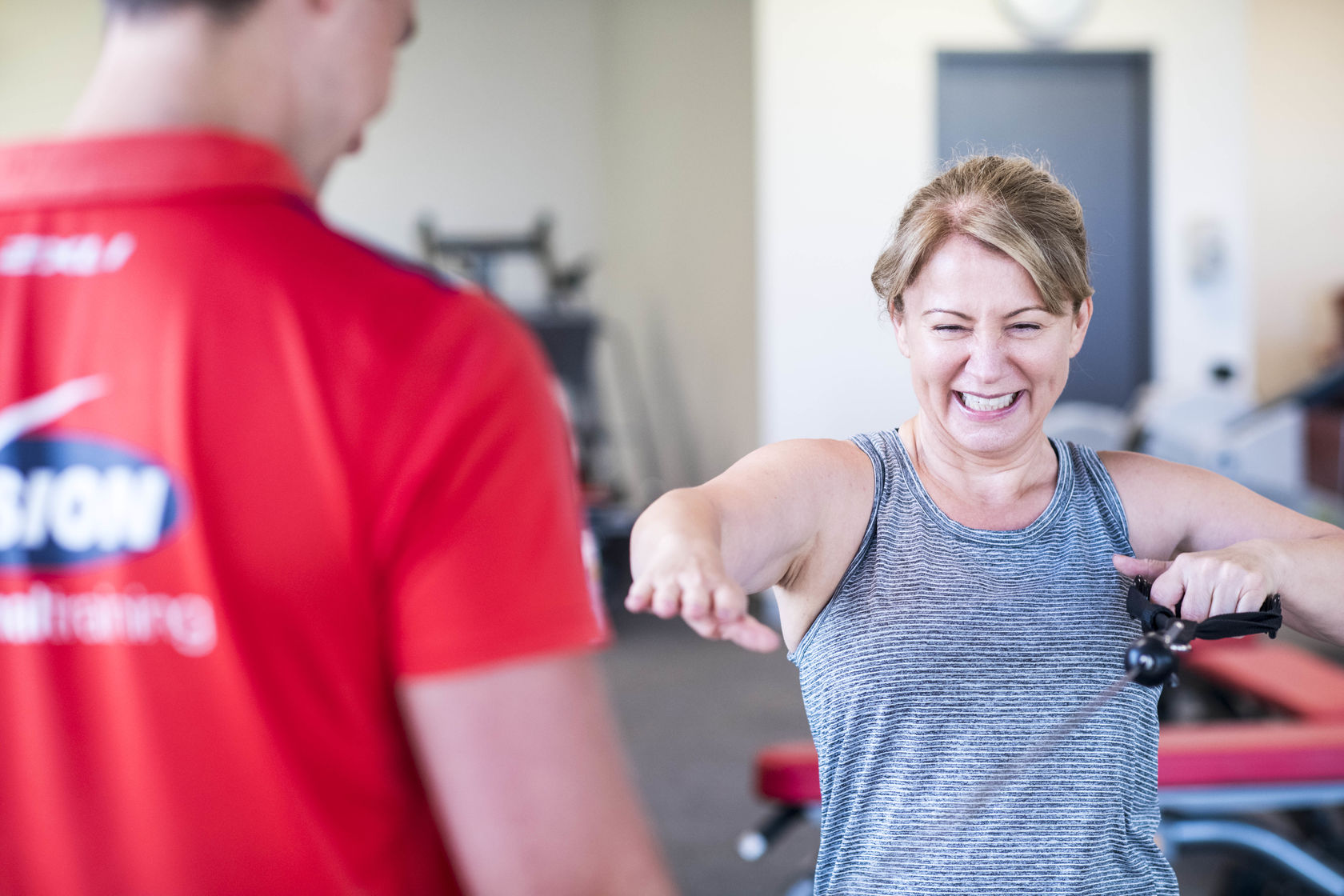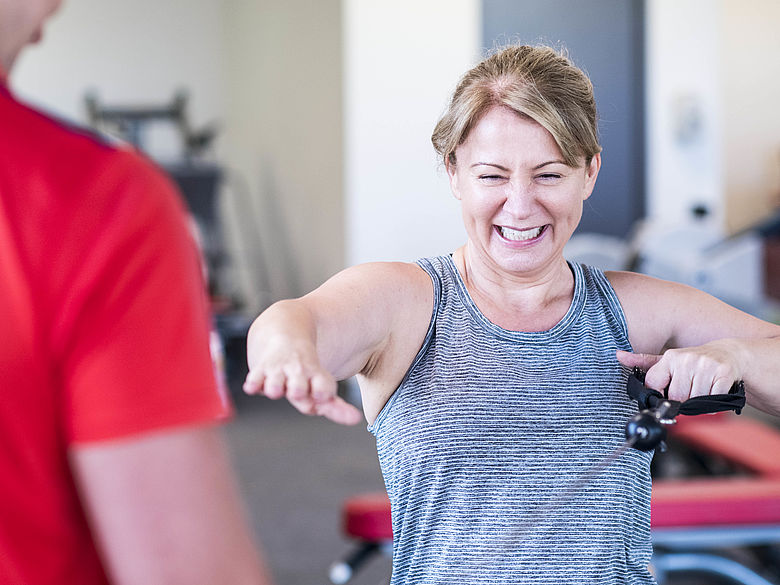I am a great believer in flexibility and mobility. I don't preach to be the best, but I frequently practice stretching and am a regular yoga attendee [addict]. My number one motivation to stay flexible and mobile is because I know that it's an investment for my future active self. To employ a cliché often 'stretched' to its limit: I must use it or lose it!
So, what are some of the benefits of being flexible and mobile?
First of all, and I think primarily, freedom of movement. Like anything else we can do at the time, I believe we take our movement for granted. To be able to pick something off the ground without the hamstrings feeling tight, or without the fear your back will hurt. A few years ago, I had surgery on my knee. It's frustrating, as an active person, to go from doing so much to then then having to stop so much of what you loved doing. Knowing what the recovery process felt like, this gave me enough reason to not allow myself to deteriorate in my mobility in such a way that it should ever impact on my active lifestyle.
When we're exercising, and particularly resistance training, alongside correct technique, we also want to move with as much range of motion as safely as possible in order to get the most benefit from our exercises. Repeated movements of muscles under tension can over time create tight muscles, shortening our range of motion (ROM). For example, running and even weight lifting, etc… Repeatedly being stationary can also decrease ROM. Effectively stretching can combat this so you can continue to get the most out of your exercise and continue to move with effective and safe ROM.
There are also many myths when it comes to stretching. Clinical and university studies have been conducted repeatedly on stretching for many years now and there is a plethora of research that has shown:
Static stretching before exercising does not decreases risk of injury. It can in fact increase the risk of injury. Stretching a muscle helps to relax the muscle and then when loaded, the join can become unstable due to the relaxed muscle around it.
Static stretching before exercising does not increase muscular performance. It actually has the potential to decrease performance due to the fact that the muscles have been relieved of a bit of tension and the muscle being more relaxed.
Stretching for the purpose of reducing Delayed Onset Muscle Soreness (DOMS) is ineffectual.
So then, what should you be doing with your stretches in accordance with exercise and what types of stretches should you be doing in order to get the most out of your exercise?
To make the most out of your exercise, the best thing(s) you should be doing is warming up. Great ways to warm up are doing low intensity movements of what you're about to do. These would include 'dynamic stretches', say - if you were about to go for a run. Typically, dynamic stretches will incorporate your hips, legs and core. Movements such as legs kicks 'cat & cow' (if you're familiar with yoga), gentle supine twists are all examples of dynamic stretches. If you wanted to warm up for a weights session, incorporating some dynamic stretches and 'warm up sets' where you would perform the weights exercise at a lighter weight than what would challenge you, in order to warm up the muscles and the joints that are about to be loaded.
Static stretches are best done post exercise and while your muscles are warm. When your muscles are cold, you are at a greater risk of harming the muscle being stretched. With the ambition of gaining greater flexibility, static stretches should be performed frequently, after every exercise session. (Ideally somewhere around 4 times or more each week) When stretching statically, the goal is not to take to be in pain, but you do want to take the stretch to the edge of discomfort. Like we stress and put tension under a muscle with weight training in order to make it stronger, we must also stress a muscle and joint, with stretching, in order to gain further flexibility. I'll repeat though, that we take it to the edge of discomfort and not pain.
There are differing ways to perform static stretches. The most conventional and practiced way is to hold the stretch for approx. 20-30 seconds, release and then repeat at least 3 times. The other common way static stretches are performed is to hold the stretch at a lesser intensity but for 3-5 minutes and is a more relaxing way to stretch. In both types of stretches, breathing should always be slow, deep and deliberate.
So, to summarise, if you're wanting to increase your flexibility and mobility, make sure you spend no less than 10 minutes on stretching after every workout, so that you incorporate at least 4 stretches in your week. Make sure that prior to your workout, you spend time warming up and performing dynamic stretches instead of static stretches. You may also want to create for yourself a regular stretching routine, come along to a Vision 'Revive' group training session or maybe even try some yoga.
Lastly, enjoy your workout!
*Disclaimer: Individual results vary based on agreed goals. Click here for details.

